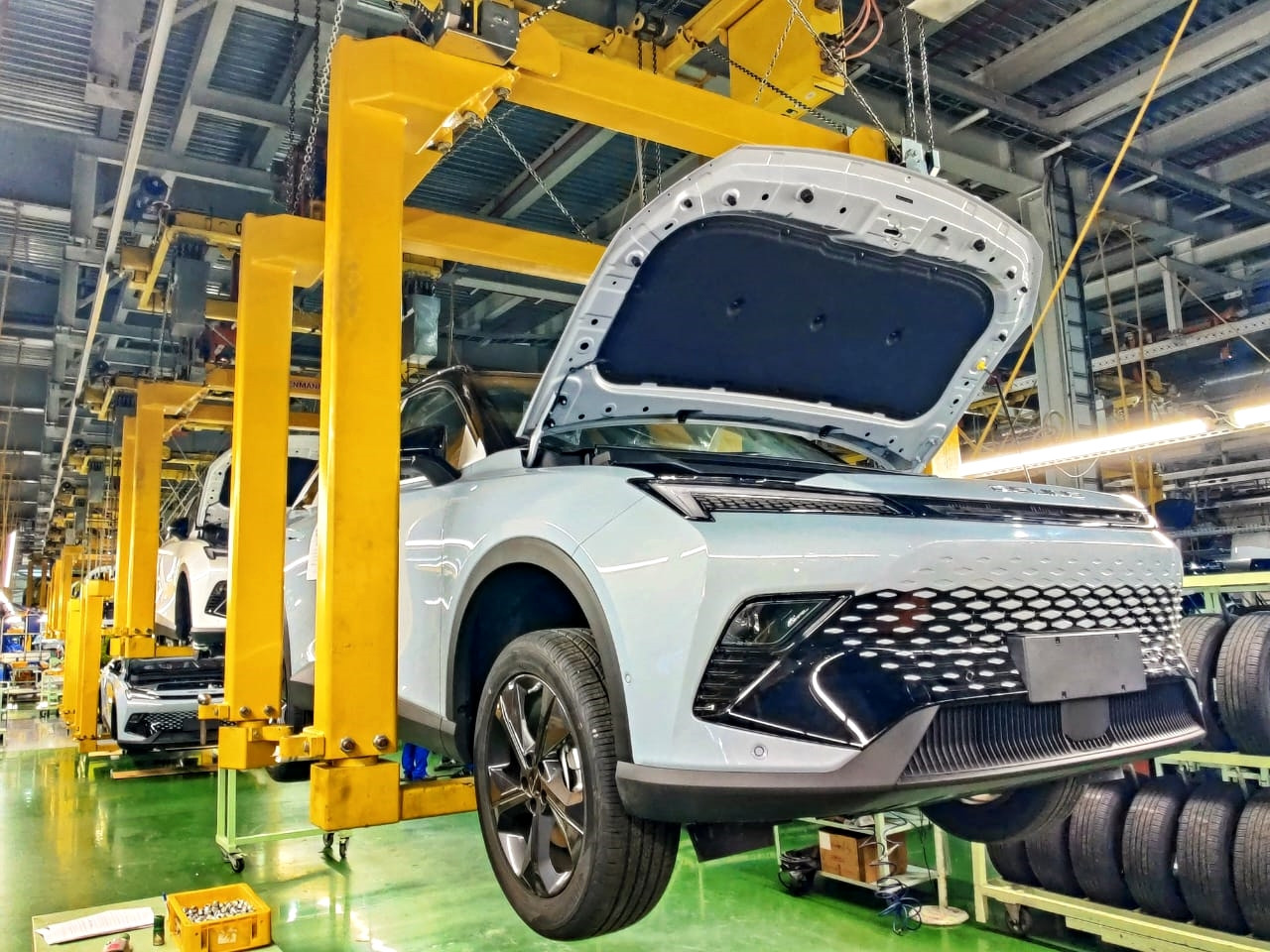
Following the analytical agency Autostat The results of new car sales in 2023 in Russia were summed up by the Association of European Businesses (AEB). Figures from two respected organizations differ slightly, but in general they give the same picture of the state of the Russian market. AEB representatives also shared their forecasts for 2024.
Until February 2022 and the beginning of well-known geopolitical events, the AEB was the main source of statistics on the Russian car market, because it collected sales data directly from automakers. During 2022, many AEB members ceased or suspended their work in the Russian Federation, and therefore the statistics from this organization lost their meaning, however, in 2023, the AEB managed to adapt to new market realities and since last summer has been publishing sales results taking into account data from PPK JSC (“Passport Industrial Consulting”) is a joint venture of Electronic Passport JSC and Autostat LLC. Data from PPK JSC make it possible to take into account in statistics cars imported and sold into the Russian Federation under the parallel import scheme, and sales of so-called gray dealers. By combining its own figures, which continue to come from automakers, with the figures of PPK JSC, the Association of European Businesses now provides fairly complete statistics on sales of new cars in the Russian Federation.
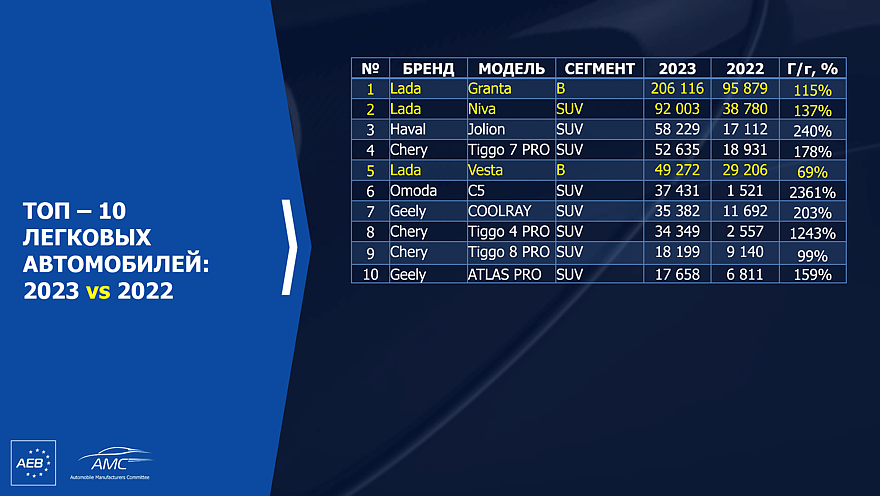
For almost every position, AEB gives higher figures than Autostat, which we introduced readers to in a separate article. Thus, according to the AEB, the sales volume of new passenger cars and light commercial vehicles in Russia in 2023 amounted to 1,127,856 units.(+57.8% compared to last year). The leading brand, of course, was Lada (352,572 units, +87%), then the top five included Haval (118,826 units, +253%), Chery (118,055 units, +207%), Geely (84 019 units, +244%) and GAZ (56,077 units, +33%), but since GAZ produces only commercial vehicles, then, in fact, fifth place is occupied by Omoda (44,909 units, +2853%).< br />
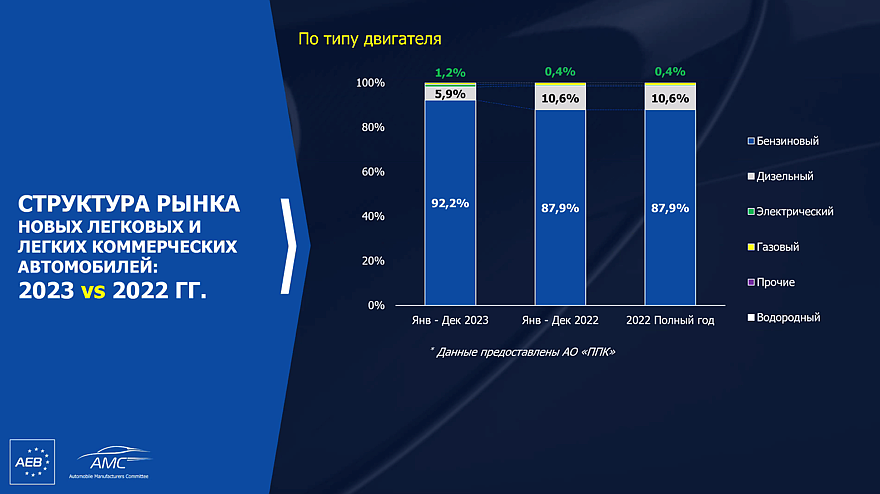
Full statistics on brands and models are available on the AEB website, where you can also see interesting data on the market structure. For example, the share of diesel cars over the past year decreased from 10.6% to 5.9% and, according to the AEB forecast, will decline further until the complete disappearance of diesel engines in the passenger car segment. This, by the way, is a global trend: diesel cars have practically disappeared from the US market, in Europe their share is rapidly declining, but sales of electric vehicles are growing. In the Russian Federation, the share of electric trains increased over the year from 0.4 to 1.2%; a total of 13,008 cars of this type were sold.
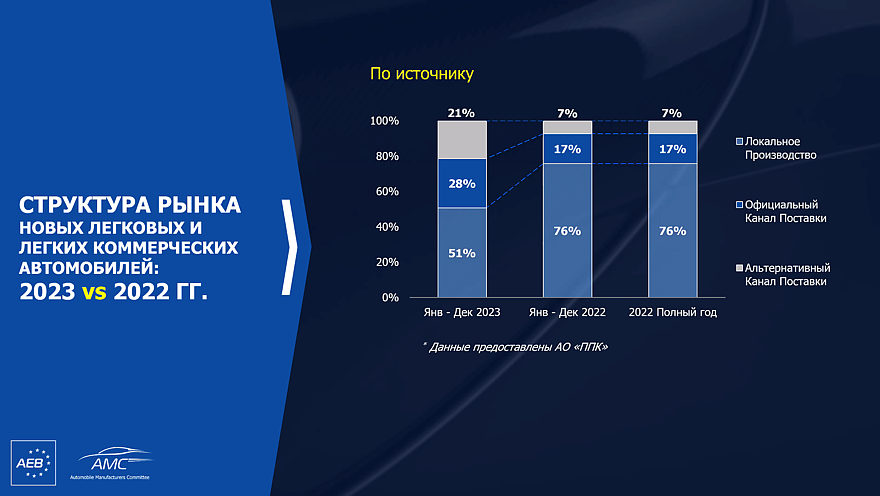
Unofficial delivery channels accounted for 51% of new car sales in Russia in 2023 versus 76% in 2022. AEB experts believe that the share of “gray” cars will continue to decline this year, but will not disappear completely, since in Russia there remains a strong demand for models from the premium and luxury segments from Europe, the USA, Japan and South Korea, which today cannot be cited to our market through the official route.
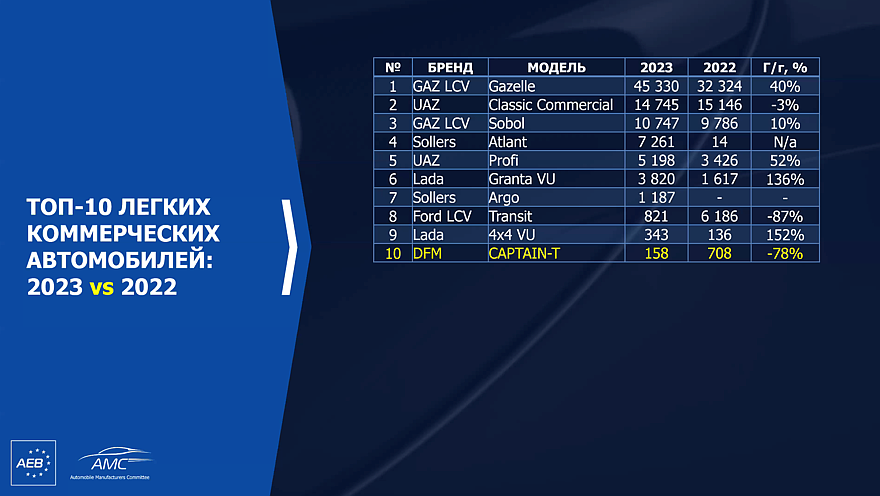
In the LCV (light commercial vehicle) segment, Chinese brands have not yet managed to occupy a significant part of the Russian car market and in general in this segment, according to AEB, there is still a large shortage of cars — it has yet to be satisfied. There is an abundance of supply for passenger models today, but demand is also not satisfied due to high prices: simply put, many Russians would be happy to buy a new car, but there is no money, and loans have become expensive due to the high interest rate of the Central Bank of the Russian Federation. It was the high interest rate that led to a sharp slowdown in actual demand for new cars in the last months of 2023. The AEB believes that the situation will normalize in the second half of 2024, that is, after the presidential elections. The AEB also relies heavily on measures to stimulate sales of new cars from the state, that is, on preferential loans and other regulatory mechanisms. By the end of 2024, the Russian market of new cars, according to the AEB forecast, will grow to 1.3 million units. The market has great potential for further growth, but it will depend on many social, economic and political factors, which are currently not possible to predict. What, according to the Chairman of the AEB Committee Alexei Kalitsev, you definitely shouldn’t expect is a return to “normal” prices: new cars for $13,000-15,000 (1.16 million-1.34 million rubles translated at the current exchange rate) will never be in the Russian Federation, and this, of course, is very sad news. Let us note on our own that this is a global trend — at least in developed countries: there are fewer and fewer available models due to high development and production costs and high requirements for environmental friendliness and safety. We, of course, have slightly different pricing factors, but this does not change the essence — it will no longer be cheap.









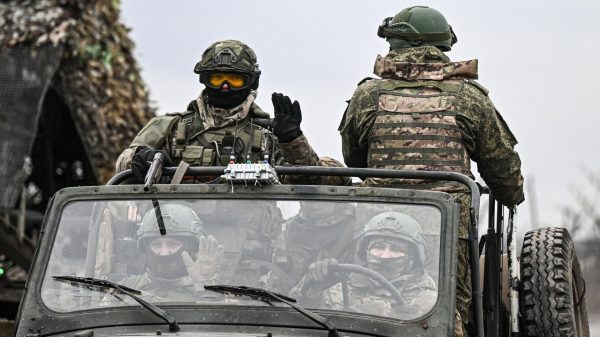
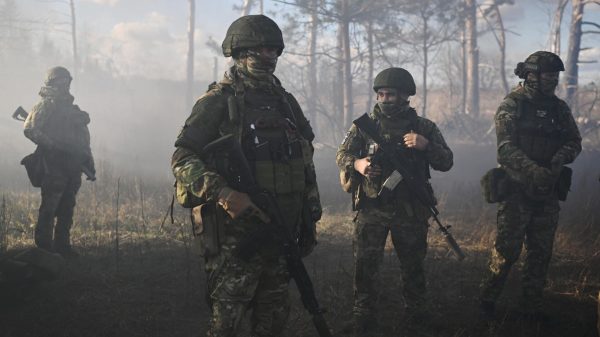







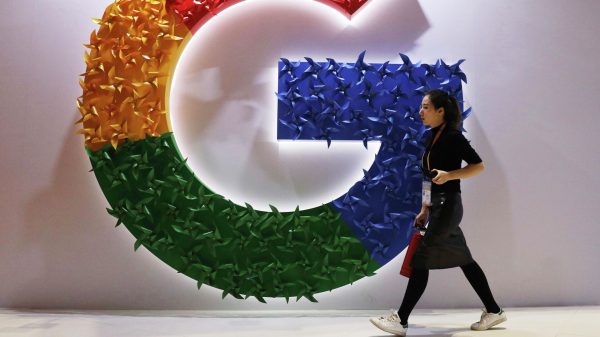
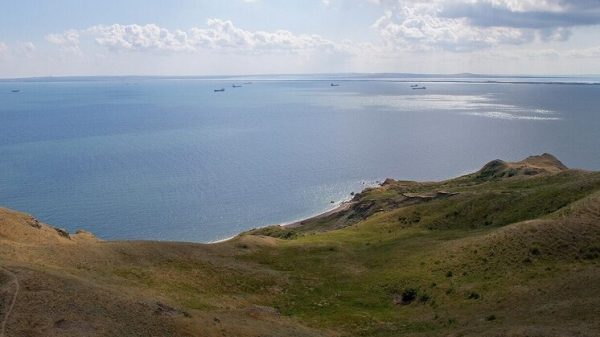
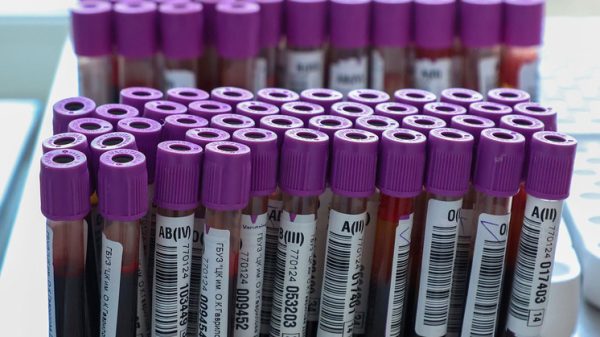



































Свежие комментарии